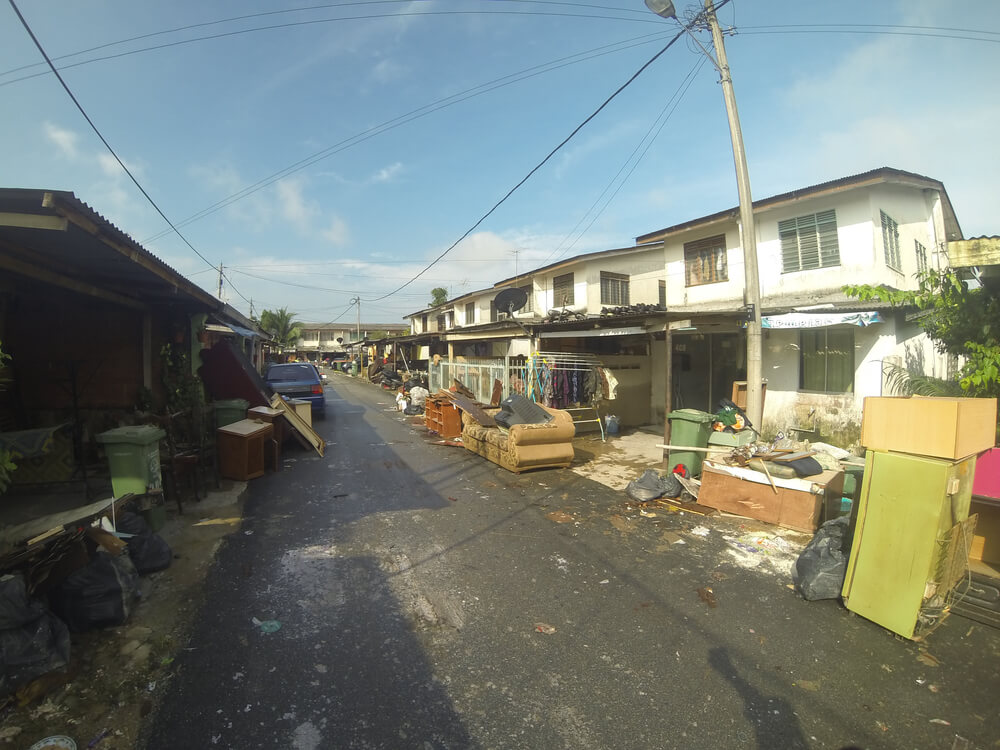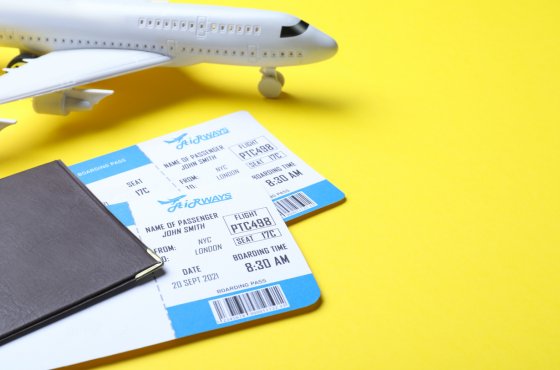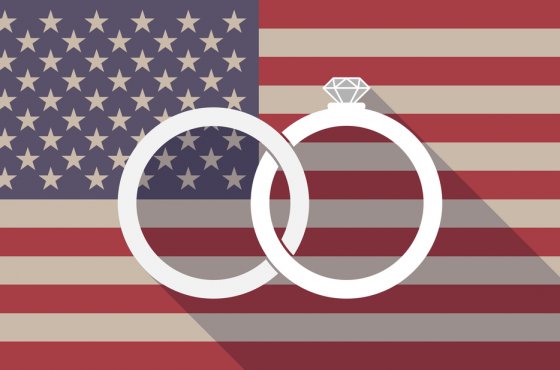How to safely clean the yard and house after a hurricane or flood

Фото: Depositphotos
Hurricanes Harvey and Irma brought on the territory of Texas and Florida destruction and flooding, and putting in order houses and courtyards after these disasters can be a real nightmare with many dangers.
Cleaning after a hurricane requires additional precautions and cleaning methods due to a health hazard that may be hidden in water or dust. Edition New York Times gathered a few tips on how to cope with this difficult task.
Removing water and mold
After a flood, removing water, drying and cleaning things is a daunting task.
To perform it, in addition to utility pumps, you can use vacuum cleaners to remove water, for example ShopVac and cleaning products for carpets and upholstery (Rug doctor and bissell). For cleaning individual surfaces suitable wet mop, for example Wirecutter.
When working with any power tools in the flooded area, you must be extremely careful, because there is a high risk of electric shock. Therefore, electrical machines for cleaning carpets and other surfaces should be avoided if the water level in the room exceeds 2. Do not enter the flooded building or room unless you are sure that the electricity is off.
After the stagnant water is gone or has been removed, dampness persists in the building for a long time, due to which mold and unpleasant odors will appear. Dehumidifiers that are turned on immediately after the water is gone can help maintain a comfortable level of humidity in the air until you can make repairs. Portable air conditioners (but not outdoor or grounded central air units that may be contaminated with sludge) can also help reduce the humidity level in a house. If a dryer or air conditioner offers a feature "extra dry, Use it.
To eliminate the smell, you can use carpet cleaners and upholstery, after adding to them the odor-removing solution or diluting it with vinegar (if allowed by the manufacturer’s instructions).
To remove mold from hard surfaces, you can use a bleaching solution and a brush for cleaning. It is important to use protective gloves and masks when cleaning mold, especially if you suffer from respiratory problems or a weakened immune system. It is also recommended to use safety glasses.
Keep in mind that the use of these methods does not guarantee against the appearance of mold and related diseases, therefore, over time, it is better to conduct a professional air test in the house.
Washing of marshy linen
For wetted laundry due to flooding, a special treatment is required before washing. Before committing to washing, make sure that the water in the plumbing is clean and that the washing machine is safe to use. If this is not the case, it is best to go to the nearest laundry or dry-cleaner. If access to laundry or dry cleaning is difficult after bad weather, check whether corporate cleaning disaster relief services are available in your area, such as the program Tide's Loads of Hope or Ladies Who Launder.
Preparation and selection of items for washing
It is better to take heavily soiled or wet laundry outside and rinse it with a hose or place these things in the sink for pre-rinsing if outside space is not available.
After this, allow the items to dry, ideally in the sun, to prevent mildew from developing, then proceed to wash and remove any remaining dirt from the pre-rinse.
For safety reasons, when working with soiled laundry, it is better to use gloves, goggles, a mask, or a respirator.
Objects exposed to spills of sewage or groundwater, as well as pillows, plush toys or clothes that have been in the water for a long period of time, are recommended to be thrown away because they carry the risk of infection with bacterial infections or the risk of respiratory diseases.
Machine Wash Instructions
When washing heavily soiled laundry, it is worth checking the water in the machine after rinsing to make sure it is clean, which means that the laundry has also been completely cleaned. It may take several wash cycles to completely remove the dirt. Many washing machines offer an extra rinse cycle that is useful for washing heavily soiled laundry.
Delicate or antique items should be washed using a delicate machine wash cycle, or washed by hand in very hot water (wear protective gloves to protect hands). For complete disinfection of delicate items that can not be washed in the car, boiling may be necessary, although in this case there is a risk that they will sit down after such a procedure.
Disinfectants can also be used to disinfect clothes, if, according to the product label, they can be used for this type of cloth.
If after thorough washing the clothes lose their color or become yellowish, it is worth considering the option of using Engleside Restoration.
Keep in mind that drying clothes or clothes in the dryer is only after complete removal of stains, otherwise they will only appear stronger on the fabric under the influence of hot air.
Security
For your safety when working in rooms with high humidity, wear rubber or insulated shoes and do not enter the flooded area if you are not sure that electricity is turned off. If the house uses natural gas, check for gas leaks before using electrical equipment and turning on the lights. If you have a gas grill, then before re-using it, you should give it to the test professional.
The Environmental Protection Agency recommends wearing gloves and other protective equipment in post-flood conditions, including respirators and goggles.
Your protective gear should be appropriate for the materials you'll be working with, such as heavy duty work gloves for handling debris and natural rubber, neoprene or polyurethane for handling disinfectants.
When working in flooded areas, be very careful, as there may be snakes, alligators and other dangerous wild animals. It is recommended to use a wooden stick for turning over objects that can be animals. The stick is also suitable for scaring off snakes or moving fallen electric wires.
Read also on ForumDaily:
How and where to report damage from hurricane Irma
10 things worth having in the house so as not to be afraid of the hurricane and the flood
Catastrophic hurricanes in the USA: how man and nature are to blame
Hurricane Irma: 11 applications to help during the elements
Subscribe to ForumDaily on Google NewsDo you want more important and interesting news about life in the USA and immigration to America? — support us donate! Also subscribe to our page Facebook. Select the “Priority in display” option and read us first. Also, don't forget to subscribe to our РєР ° РЅР ° Р »РІ Telegram and Instagram- there is a lot of interesting things there. And join thousands of readers ForumDaily New York — there you will find a lot of interesting and positive information about life in the metropolis.











